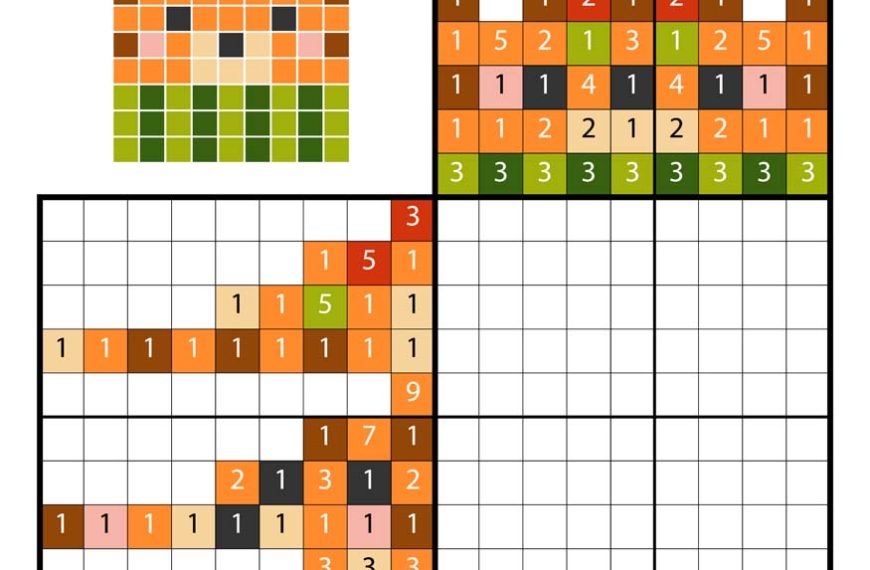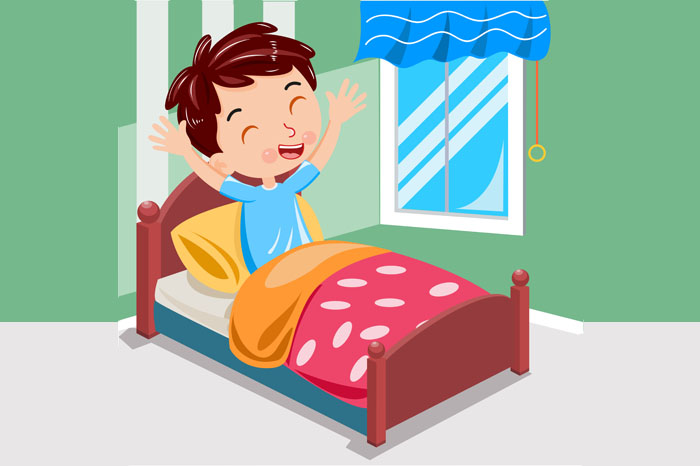“The grid method is a written method, which is used when multiplying numbers. It involves partitioning numbers into tens and units before they are multiplied. The grid method for multiplication is also known as the box method, because it involves adding numbers into boxes.”
Twinkl
What are grid games for children?
Grid games can be a lot of fun, they are very versatile, and the best part is that you don’t need too many materials to keep your little one occupied. Before we get into the actual games, let us understand what a grid is? And how number grids or grid based games are beneficial for children.
A grid is a network of parallel horizontal and vertical lines that intersect to form squares or rectangles. On paper it looks very much like the square lined maths notebooks that we used as kids. Grid games can be used very effectively to revise and reinforce many number and maths concepts in simple and fun ways. These games can also be easily modified for older children or adjusted to make things more challenging.
Grid based games are beneficial and can lend a hand in the progress of fine motor skills, concentration level, eye hand coordination as well as cognitive development. These number grid games can be done before your child begins school and when they are in school as it complements the school curriculum and gives them additional practice
How to set up grid games for children?
Number grids ensure a structured and engaging way to introduce children to the world of mathematics and patterns.
To get you started, try out these suggestions and once you get a hang of it you can even make your own. To begin with you need grid sheets or even a maths notebook and some colour pens or crayons. Do keep in mind that the younger children need a larger grid size, it’s better to start off with a 1 inch grid sheet.
8 Fun Grid Games and Activities for Children
- Colour patterns
- Set of 4 coloured squares
- Set of 4 numbered squares
- Shape patterns
- Number value
- Number value using a dice
- Number addition
- Add with a dice
Start simple with just the grid sheet and 1 colour, colour every alternate square on the top line leaving the next one white. Let your little one fill in the squares below each coloured square. Once they get a hang of this you can make use of two colours, alternating each one. For slightly older kids you can use two different coloured circle stickers or large ‘bindis’. Colour patterns is one of the enjoyable number grid activities.
Highlight and colour a set of 4 squares with 4 different colours, then highlight a few more sets of 4 squares and colour in only 2 or 3 of those squares using the same colours and positions used before, your child has to figure out which colour is missing and colour that square in with the right colour. You can do it with different shapes as well for older kids and increase the difficulty level by increasing the number of squares.
This grid-based game is similar to the above game, the difference being in the use of numbers instead of colours. Initially begin with a set of 4 squares and use numbers from 1-4, once your child has understood how to do it you can choose any 4 numbers, then 6 numbers and finally 9 squares with numbers from 1-9. To really challenge your older preschooler, give them a set of 9 squares and jumble the numbers from 1-9 in it, each set of 9 squares will have the numbers arranged differently with different numbers missing. Set of 4 numbered squares is one of the entertaining number grid activities for your kids.
Did you know about any of these fun grid games for kids?
This is the next step after your child has mastered the colour patterns, introduce them to shape patterns, try using ‘O’ and cross ’X’ patterns to begin with, again using alternate squares for each. After a while shake things up a bit and do a ‘XXO’ pattern leaving a square after the ‘O’, or you can do a ‘triangle’ and ‘circle’ design.
This maths grid game is to reinforce number values for children who are already able to recognize numbers. For this you can make number cards or cut up the numbers from a calendar from 1 to 10. Randomly flash a number, let your child call it out and colour that many squares on their grid sheet. You can also keep the numbers face down in a pile and let your child pick up a number, recognize it and colour the squares.
Did you know that grid games have been used since aeons to facilitate logical thinking in kids?
This Number grid game can be played with 2 or more players. Each player gets a grid sheet, you’ll also need assorted colour pens/crayons and a dice. Each player gets a turn to throw the dice, once the dice is thrown only that player has to recognize the number and colour that many squares on their sheet, once done the next player gets their chance, and does the same. The players can colour each set of their squares with different colours. The one who finishes their sheet first wins. If the number thrown is more than the number of squares left then they miss a turn and have to wait till their turn comes again.
This grid-based game is meant to give your child practice in addition. Write down 2 single digit numbers on separate squares with an ‘addition (+)’ sign in between them. Then ask your child to colour/ dot out/ cross out that many squares below the given number and finally count all the squares together to get the answer. This is for older kids who are already learning addition.
Roll a dice and let your child colour the same number of squares as seen on the dice. Roll it a second time and let them do the same but with a different colour and then you can then get them to add the two sets of coloured squares together. This maths grid game can be done with younger kids to teach them about addition. Only keep in mind that the answer is more than 10 you would have to help them out.
Conclusion
Grid based games are beneficial and can lend a hand in the progress of fine motor skills, concentration level, eye hand coordination as well as cognitive development. In the article we have provided you with eight examples of the activities mentioned above and different ways in which they can be done. Do remember to use these in a grid. Once you get used to making these grid-based games, we’re sure you’ll be able to make many more on your own.
When numbers and Math concepts are taught in a fun way in the initial days, children begin to like the subject and develop a positive attitude towards it. This positive attitude will go a long way in later years especially when the concepts get a bit tougher. Which is your favourite grid game?
For informative and accurate articles on all things related to your new born-toddler’s development, growth, health and nutrition, follow EuroKid Blogs and do check out our nationally recognized preschools – EuroKids for the first step in your kid’s educational journey!















